Blue Ash Lumber
- August 3, 2023
- 1 comment
Blue Ash (Fraxinus quadrangulata) stands out as a remarkable hardwood species, revered for its visually captivating blue-gray heartwood and complementary creamy white sapwood. This unique coloration grants it a distinctive charm that sets it apart from other wood varieties, making it a preferred choice among woodworkers and carpenters.
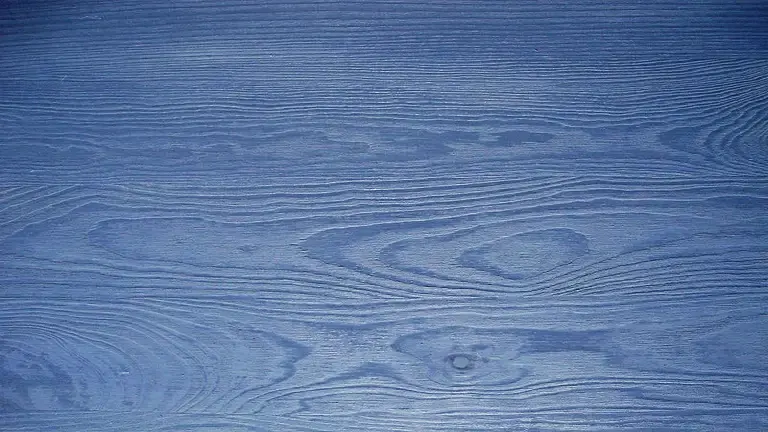
Not only does it possess a striking appearance, but Blue Ash also boasts exceptional mechanical properties that further enhance its allure. Its durability and workability make it an ideal material for a diverse array of applications, including furniture making, cabinetry, flooring, and interior trim. Craftsmen and artisans appreciate its ease of manipulation, as the wood responds well to hand and machine tools, allowing for precise and satisfying woodworking endeavors.
With its combination of captivating aesthetics and practicality, Blue Ash has established itself as a sought-after option for both functional and decorative projects. In addition to its eye-catching appearance and workability, Blue Ash’s versatility adds to its appeal in various woodworking endeavors. Its average dried weight of 45 lbs/ft3 and specific gravity of 0.72 contribute to its overall moderate density, striking a balance between strength and ease of use.
| Attribute | Information |
|---|---|
| Common Name(s) | Blue Ash |
| Scientific Name | Fraxinus quadrangulata |
| Distribution | Eastern and Central United States |
| Tree Size | 60-100 feet in height, 2-3 feet in diameter |
| Avg. Dried Weight | 45 lbs/ft3 |
| Specific Gravity | 0.72 |
| Janka Hardness | 2,030 lbf |
| Modulus of Rupture | 16,200 lbf/in2 |
| Elastic Modulus | 2.05 million lbf/in2 |
| Crushing Strength | 9,210 lbf/in2 |
| Shrinkage | Radial: 5%, Tangential: 8%, Volumetric: 13% |
Characteristics
Color/Appearance
One of the most striking features of Blue Ash lumber is its distinct coloration. The heartwood showcases a captivating blue-gray hue, creating a visually appealing contrast with the pale white to light brown sapwood. This unique color pattern adds a touch of elegance to any woodworking project, making Blue Ash a favorite among craftsmen and designers alike.
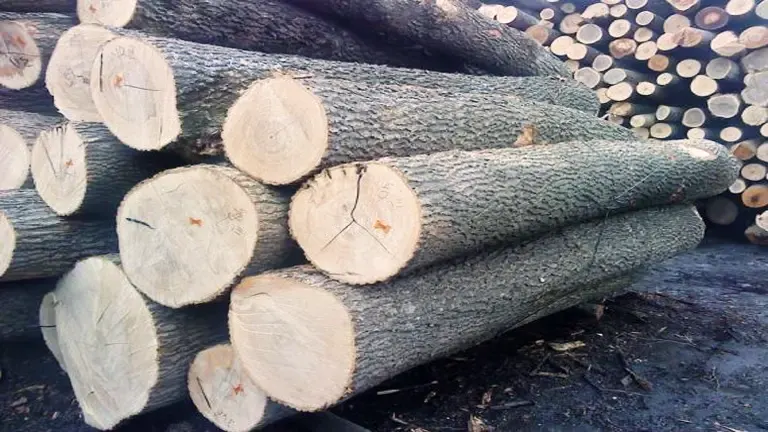
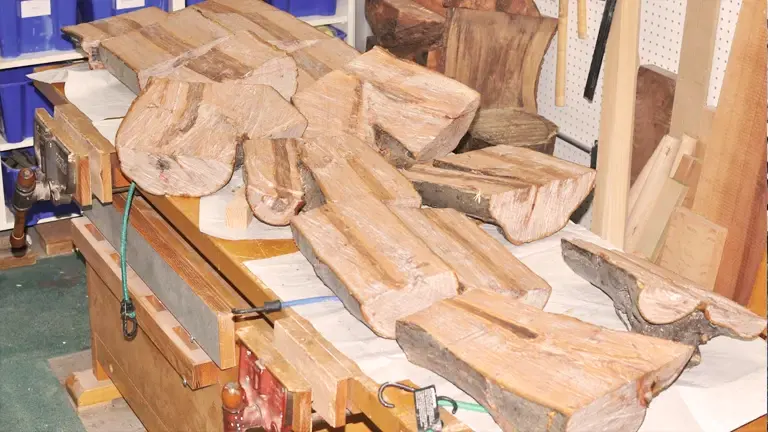
Grain/Texture
Blue Ash boasts a straight grain pattern, lending a sense of uniformity and consistency to its appearance. Its fine to medium texture further enhances its charm, providing a smooth and even surface. This texture, combined with the attractive grain, makes Blue Ash an ideal choice for projects where aesthetics and attention to detail are crucial.
Rot Resistance
As a moderately durable hardwood, Blue Ash exhibits good resistance to decay and rot. However, to ensure its longevity and maintain its exceptional properties, it is advisable to apply proper finishes and protective coatings. By taking these precautions, woodworkers can extend the lifespan of Blue Ash lumber, making it suitable for both interior and exterior applications.
Workability
Woodworkers will appreciate the ease with which Blue Ash can be worked using both hand and machine tools. The wood’s excellent machining properties facilitate precise and intricate craftsmanship. Moreover, it holds nails and screws well, simplifying assembly processes and making it an attractive choice for various woodworking projects.
Odor
One advantage of working with Blue Ash is its lack of distinct odor. This makes it particularly suitable for interior applications, where an absence of strong odors is preferred to maintain the ambiance of living spaces and furniture.
Allergies/Toxicity
Blue Ash is generally considered safe to work with, and there are no specific reports of allergies associated with the wood. However, as with any wood species, some individuals may experience respiratory or skin irritation when handling Blue Ash lumber. It is advisable to take appropriate precautions and wear protective gear to minimize any potential risks.
Pricing/Availability
Blue Ash lumber is moderately priced, making it accessible to a wide range of woodworkers and craftsmen. However, its availability may vary based on regional factors and the potential impact of the Emerald Ash Borer, which has affected ash populations in North America.
Sustainability
While Blue Ash is not currently listed as endangered or threatened, it is essential to consider its susceptibility to the Emerald Ash Borer. This invasive beetle has posed a significant threat to ash trees across North America, making responsible forest management and pest control crucial to ensuring the sustainability of Blue Ash as a valuable resource.
Common Uses
Blue Ash lumber finds extensive application in various woodworking projects due to its unique color, exceptional workability, and durability. It is commonly used in furniture making, cabinetry, flooring, interior trim, and tool handles, demonstrating its versatility and popularity among woodworkers seeking both aesthetic appeal and functional performance.
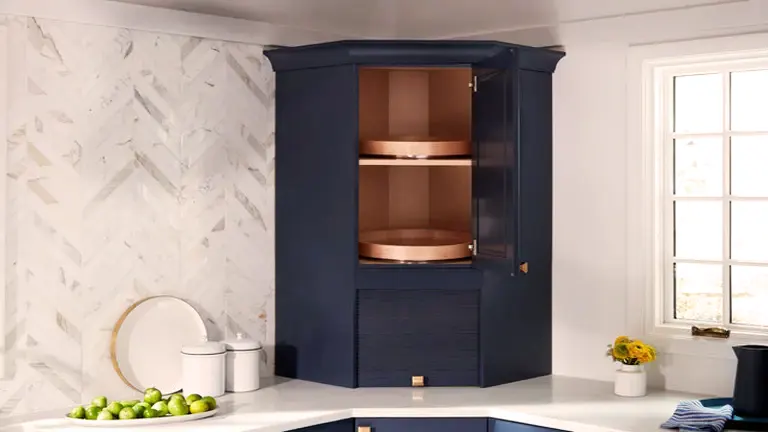

Frequently Asked Questions
- Is Blue Ash lumber suitable for outdoor projects?
While Blue Ash exhibits some natural resistance to decay, it is not considered highly durable for prolonged outdoor use. Proper finishing and maintenance can extend its lifespan in exterior applications, but alternative rot-resistant woods may be more suitable. - Can I stain Blue Ash to enhance its color?
Yes, Blue Ash can take stain well, and applying a finish can help enhance and preserve its unique blue-gray color. - How does Blue Ash compare to other types of ash lumber?
Blue Ash shares many characteristics with other ash species, such as White Ash (Fraxinus americana) and Green Ash (Fraxinus pennsylvanica). However, its distinctive blue-gray color sets it apart and makes it an attractive choice for certain projects. - Is Blue Ash lumber suitable for carving?
Yes, Blue Ash’s moderate density and workability make it suitable for carving and other detailed woodworking tasks. - What are the primary threats to Blue Ash trees?
The primary threat to Blue Ash trees, like other ash species, is the Emerald Ash Borer, an invasive insect that feeds on and kills ash trees. Conservation efforts and pest management strategies are essential for protecting and preserving Blue Ash populations.
We’re eager to learn from you! Share your personal experiences and thoughts about Blue Ash lumber in the comments section below. Your valuable insights could be a guiding light for fellow enthusiasts, aiding them in making well-informed decisions when working with this exceptional wood!




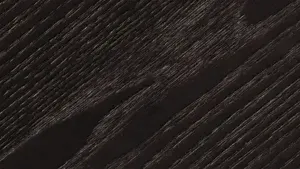



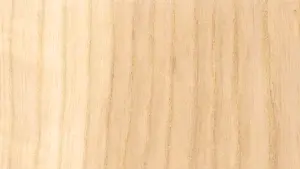
Is there a place that specifically sells blue Ash?
Fred
December 6, 2023 7:07 pm